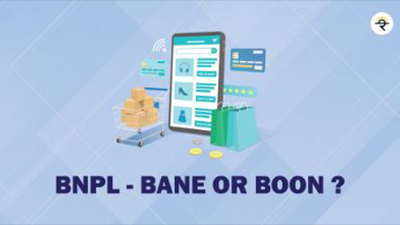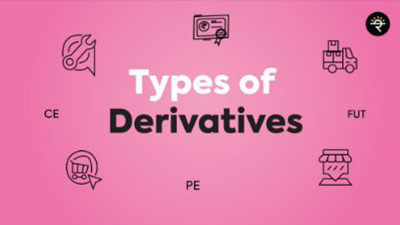A few years ago, we would visit nearby stores to purchase items like clothing, books, gadgets, and other necessities. However, shopping has become more convenient since the rise of online marketplaces like Flipkart and Amazon as we can now access thousands of products at the touch of a button—and at great prices, too! The Buy Now Pay Later (BNPL) programs, which let us order items online and pay for them later in flexible payments, improve our online shopping experience. But is this facility a blessing or a curse? Let's find out in this blog.
With a short-term credit product called "Buy Now Pay Later," we can make upfront purchases that can be paid for over the course of four or six payments. In essence, we are taking out a short-term loan and we will need to pay it back in a lump sum or through EMIs. The majority of the time, we use these loans for online shopping.
Paytm Post-paid, Amazon Post-paid, Flipkart Post-paid, Zest Money, Simpl, PayPal, Lazy Pay, and Mobi Kwik Post-paid are the entities providing this facility in India.
We can purchase items with the help of BNPL plans without having to pay for them right away. But we should proceed with caution and only purchase items that we can genuinely afford to pay for; otherwise, we run the risk of purchasing something we didn't really want but ended up doing so because it wouldn't immediately strain our budget. In addition, interest will be added to the amount that was defaulted if we delay or neglect to pay an instalment.
Although BNPL schemes offer flexibility in selecting payback terms and instalment amounts at no additional cost, our credit scores are negatively impacted by late payments. But in all the fuss about BNPL hurting credit scores, the opportunity it affords new borrowers to establish strong credit histories is being disregarded. We can build solid traditional credit ratings by making on-time repayments and using credit responsibly. To do this, we must improve our knowledge of personal finance. With this goal in mind, I am developing "Mastering Money Management," a brand-new course on personal finance. Details will shortly be released on my website www.rachanaranade.com.
Moving on BNPL schemes have their own advantages and disadvantages. Advantages include quick and simple approval of interest-free loans, minimal documentation, low processing fees, customized repayment schedules, and safe and transparent online transactions. Disadvantages include impulsive spending, interest and fees for late payments, and the possibility of a lower credit score.
There is no such thing as a free lunch when it comes to money. The price of our purchases must be paid in any case. Therefore, the choice to buy now and pay now or buy now and pay later is entirely up to us, i.e., the consumer.

























